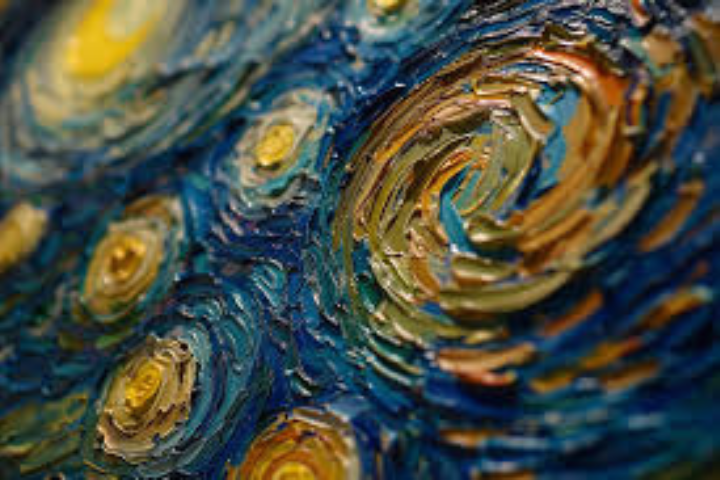Vincent van Gogh’s iconic painting, “The Starry Night,” has long captivated viewers with its swirling night sky and vibrant colours. Now, a groundbreaking study reveals that Van Gogh’s masterpiece is not only an artistic triumph but also a representation of real-world physics. Researchers from China and France have discovered that the painting incorporates detailed patterns of turbulence, adhering to established physical laws.
Scientific Accuracy in Art
According to the study, Van Gogh’s depiction of the night sky in “The Starry Night” mirrors the principles of Kolmogorov’s law, which describes the movement of atmospheric turbulence.
By high-resolution digital images of the painting, researchers were able to measure the brushstroke sizes and compare them to turbulence theories.
The results showed that Van Gogh’s work aligns with Kolmogorov’s predictions, suggesting an intrinsic understanding of natural phenomena.
Yongxiang Huang, co-author of the study and researcher at Xiamen University, noted that Van Gogh’s meticulous observation of natural elements, such as cloud movements, may have influenced his portrayal of turbulence.
Huang explained, “Van Gogh’s representation of turbulence reflects both his observation skills and his intuitive grasp of atmospheric dynamics.”
Alignment with Batchelor’s Scaling
In addition to Kolmogorov’s law, the study also found that the bright reflections in the painting align with Batchelor’s scaling, a theory describing the smallest fluctuations in turbulence.
This suggests that Van Gogh captured not only the larger-scale patterns but also the finer details of turbulent flows. .
Huang remarked, “Van Gogh’s ability to depict both the size and intensity of these whirls indicates a sophisticated understanding of fluid dynamics.”
The findings highlight Van Gogh’s remarkable ability to blend artistic expression with scientific accuracy.
His work serves as a testament to how art and science can intersect, revealing deeper truths about the natural world.




GIPHY App Key not set. Please check settings